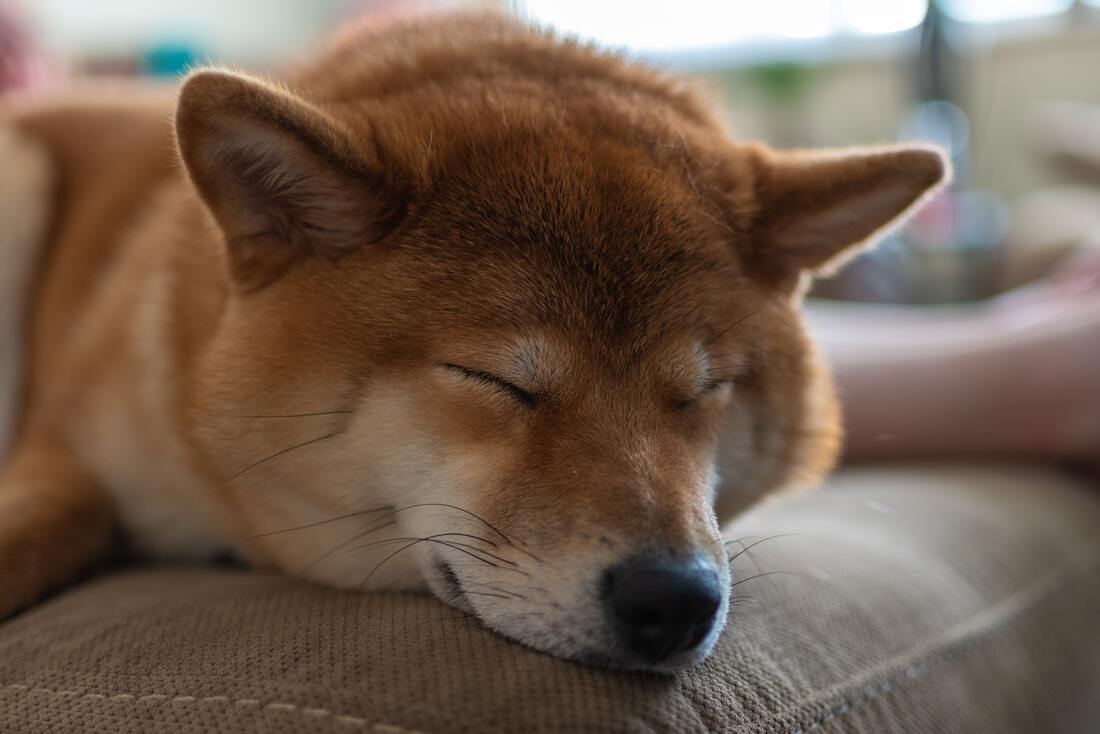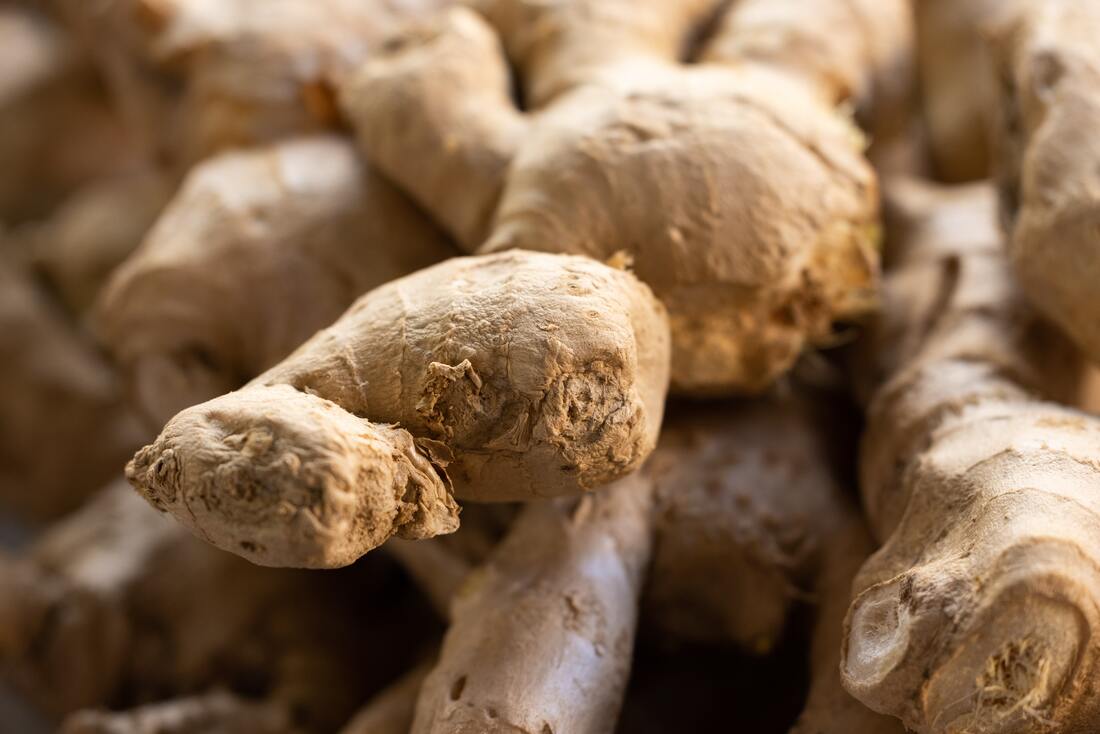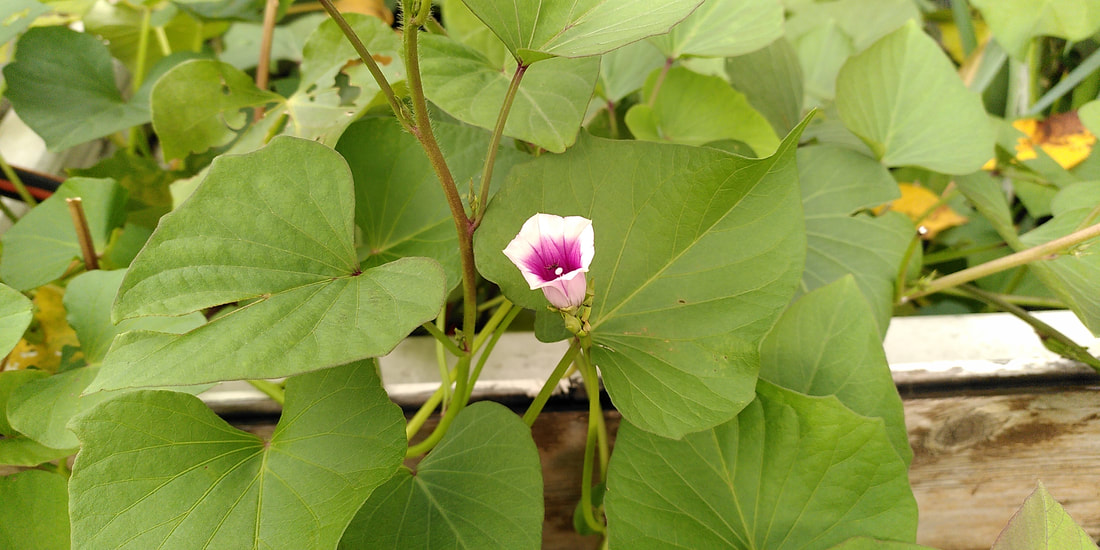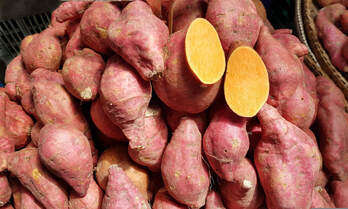Many years ago, I watched a movie with my husband; it was a Chinese movie involving a student with his Daoist master. The student asks his master for some wise life lessons and the master replies, "Eat when you eat, sleep when you sleep."
Not long later, I was writing a letter to my university administration, to express my dissatisfaction with how certain class dates were changed at short notice that it had affected my travel plans, which involved flights that had already been booked. In the middle of my constructing this letter, my husband invited me to eat the hot meal that he had prepared and I decided to leave the letter aside to have the meal. However, my mind was still rummaging through the discontent I was experiencing with the school. Later, I had to spend time in the bathroom, dealing with my digestion that was reacting to my emotional state. In this moment, I became very aware how the Daoist master was right - "Eat when you eat."
How often does this happen to so many of us? Many times we try to reflect on what we had eaten to find the "culprit" to blame for the indigestion and diarrhea we are experiencing, but actually it may have been how we were eating, with too many thoughts, among other things, and not what we were eating. Just as when we couldn't fall asleep, worrying about the events of tomorrow. Often times it was our minds being too busy with what was or will be, while expecting that our bodies calm down - "Sleep when you sleep."
Such simple advice, yet profound and sometimes feels unattainable. It is these very simple things in our everyday lives that make the difference, but we, unfortunately, seldom give recognition to the simple. We, as a society, love the complicated and the superheroes; hence, the overload of movies in the theatres about them, yet they are the flawed ones, who developed superhuman capabilities due to some deficiency or dis-ease that they experience. Take Batman for instance; his "normal-life" character being Bruce Wayne. Mr. Wayne becomes a vigilante, crime-fighting superhero after witnessing the murder of his parents as a young child. Basically, he experienced Post-Traumatic-Stress-Disorder (PTSD) as a child and as an adult compensates for his inability to control the events that shaped his life, by having "super" toys as well as assumes a different identity, behind a mask, in order to shape the life of others. Therein lies the complicated.
Actually, it is the simple and the steady regularity that gets us through life in a wholesome manner. In the 20 years of being a practitioner of Chinese Medicine, I have observed that those who find this regularity and consistency often also have habits that positively affect their lives. This begins already as children. When as children, we are served regular, homecooked meals, which we are maybe a part of the process of making, we become used to taking time to cook and eat with others. This then shapes the digestive system, in terms of rhythm and environment. I once treated a patient, who shared honestly with me how dietary changes that would require him to cook would not likely be successful. He realized that his growing up in a boarding school shaped his relationship to food; food was served to him and his fellow boarding schoolmates, of which they were not involved in its preparation process. He associated food with just going into a cafeteria, consuming enough so that he would have enough energy to go on with his day. I was thankful for his disclosure of his experience, as it helped me understand what he needed and my becoming aware of other realities of life. Many of us consume what is easy and fast, sometimes as we are moving to our next appointment, as we are trained as such. If we didn't give our digestive system the time or the space needed to digest what we just ingested, how can we expect that it will process it well. Just as when we humans were not given the time and space to do our work, how can we be expected to submit a successful, finished project. So maybe it is not just what is eaten, but also how we eat it, that shapes what we produce out of our bodies. But this does not mean we cannot change what we learned as children. This is where we have a choice, to be conscious of our habits.
Similarly with sleep; we drop into our beds after working on stressful projects or doing mind-stimulating activities, expecting that our body-mind would just calm down on its own, at a snap of a finger, enough to fall into regeneration mode. Maybe just like with our digestive systems, they will for a time, until they don't anymore. We are then confronted by our insomnia, tossing and turning in our bed, wondering why we can't fall asleep. Then, we imagine what it will be like when we have to work the next day with little sleep; thus, solidifying our inability to find the peace to sleep. The downward spiral continues on and on until we choose to stop it by becoming conscious.
Simple is not always easy, especially in our modern, complicated manner of doing things, which is often times neither efficient nor beneficial to us or our environment, even though we are told it should be. But if this is what we need, then it is time to become conscious of our everyday habits. Let go of the complicated that has not served us. Honour the simple, honour the everyday space and time! - "Eat when you eat, sleep when you sleep."
Image Sleeping Dog by Chris F on pexels.com





 RSS Feed
RSS Feed